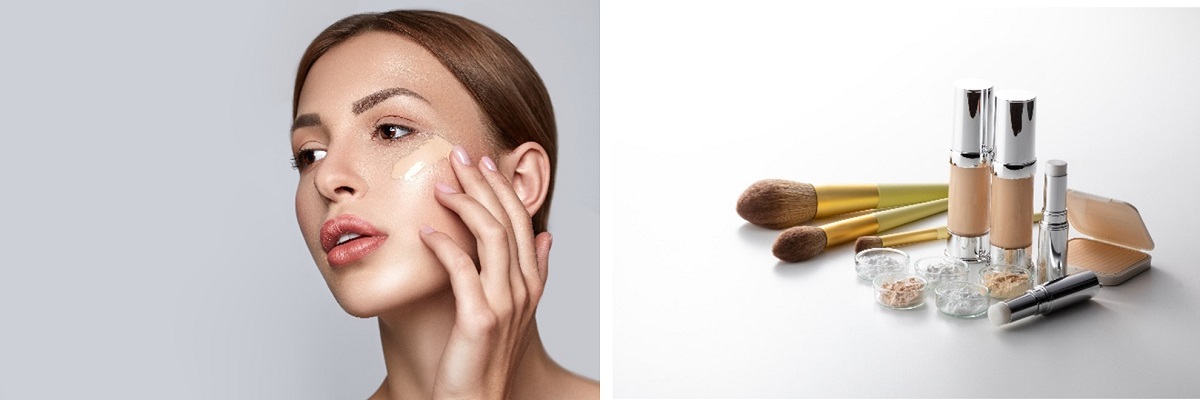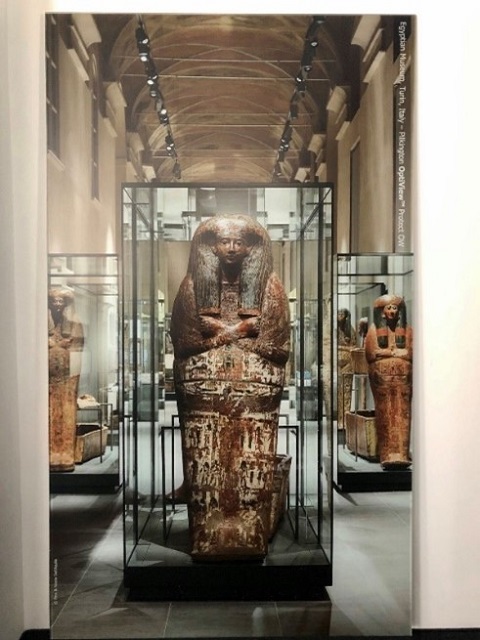Elements of Beauty in Glass
Glass is not only a convenient material for our daily lives but also a material that has embodied the imagination of many artists since ancient times because of its inherent beauty. The brilliance of light reflected off the colorless or colored transparent glass, and the beauty and delicacy expressed by its smooth surface and form. Due to the fascination with these materials, glass has been used for tableware, window glass, and stained glass since ancient times.
Glass museums can be found all over the world. Glass as material is certainly part of arts and crafts. And among the NSG Group's products there are many that showcase the beauty of glass to its fullest.
KAGAMI Crystal
Kagami Crystal is our leading product range to demonstrate the beauty of glass. The finest crystal glass, created with carefully selected high-purity raw materials, sophisticated design and skilled technology, has a high degree of transparency, beautiful brilliance, and a clear tone.
Kagami Crystal was established in 1934 by Kozo Kagami, who learned crystal glass processing techniques in Germany, as Japan's first factory specializing in crystal glass. Later in 1950 the company became a member of the NSG Group.
The uncompromising dedication to molding and creating crystal glass by Kozo sublimated crystal glass into an art form and gained numerous honors, including the Silver Prize at the Paris Expo in 1937, the Honorary Prize at the New York Expo, and the Grand Prix at the Brussels Expo. Since then, the extremely delicate crystals produced by skilled craftsmen have been widely admired globally and form part of the official state tableware for receptions by the Imperial Household Agency in Japan.
"The Bowl" (1959), masterpiece of Kozo, winner of the Japan Art Academy Award
Distinct from industrial flat glass manufacturing methods, each step in the crystal glass production process involves a number of highly skilled and specialized craftspeople. In mold-blown molding, air is blown into the glass wound around a blowpipe, which is then placed in a mold and further air is blown into the mold to form the glass into the desired shape. In air-blown molding, no mold is used, and the glass is blown in the air to form various shapes.
Mold-blown molding and air-blown molding
Kiriko (cutting) is a technique of engraving geometric patterns on the surface of glass by grinding with various types of grinders. Edo Kiriko, which is popular in Japan, began in the late Edo period (Samurai era!). While retaining strong hints of those days, the excellent designs and techniques have been handed down by glass craftspeople for over 180 years up to now.
Kagami Crystal has been creating new combinations, compositions, and new designs of Edo Kiriko with the cooperation of in-house craftspeople and external traditional craftspeople based on various traditional patterns.
Cutting (Edo Kiriko) craftworks
METASHINE® / MAR'VINA®
NSG Group products are also used in cosmetics expressing beauty.
You may have noticed some eye shadows, lipsticks or foundations are shining brilliantly like pearls. In fact, these cosmetics contain ultra-fine flake-shaped glass powders. NSG Group has a broad line-up of glass products as raw materials for cosmetics including METASHINE®, inorganic pearl pigments for use in point make-up products such as eye shadow, lipstick and nail polish, and MAR'VINA®, glass powder for use in base make-up products such as foundation, primer, and face powder.
These products take advantage of the following inherent properties of glass and NSG Group's glass technology.
- The transparent glass substrate allows for pure and unadulterated colors.
- The flat surface of the glass substrate minimizes diffuse reflections, resulting in a high luminance due to strong light reflections and a clear, particle-like appearance with little cloudiness.
- Reflecting the need for cosmetics that are friendly to both the skin and the environment, NSG Group's unique glass composition is manufactured using carefully selected raw materials that are 100% natural origin index.

METASHINE®

MAR'VINA®
Complex glass shaping for stylish automobiles
Since the 1990s, the opportunity to produce complex shapes and stylish curves while maximizing visibility has been exploited by car designers.
Advanced glass shaping techniques offer vehicle manufacturers greater freedom to achieve their styling concepts. It is increasingly recognized glazing as an essential element of the curves and angles that help define the style and impression of their vehicles.
We work closely with stylists and engineers in the very earliest stages of new vehicle development. We help customers ensure that their vehicle glass reflects the unique design characteristics they seek, whilst at the same time helping to define optimal performance and manufacturing specifications for the glass components.
We are constantly innovating glass shaping technology to deliver vehicle styling and design requirements through complex glass shapes.
Example of complex shape automotive glass

*Automotive photos for editorial use only
Examples of glazing aiding the delivery of vehicle styling design

*Automotive photos for editorial use only
Aesthetic buildings
No wonder glass has been an inspiration for architects all over the world for many years. Glass affects the aesthetics and form of buildings and interior spaces.
Glass façades
The design of the glass and windows is what most characterizes the building. While glass has many required functions as a facade, it also has the role to transform buildings into artistic objects with properties such as transparency, solidity, variability and multi-functionality.
It is the ability of glass to morph and change shape and take on additional properties while still providing the main functionality that is so impressive. This transformational functionality is the key reason that glass is the material of choice by designers. Glass connects the indoor space to the exterior and shapes and defines the space in which people live. Ongoing processing capabilities and designer creativity have led to much more complex, robust, and rich building designs. Glass now becomes both the element for defining a view of the building as well as the architectural inspiration of the design.

© Floto + Warner
Glass for building interiors
In the Egyptian Museum in Turin Pilkington OptiView™ anti-reflective glass has been used for displays. The highly transparent products of, Pilkington OptiView™ and Pilkington Optiwhite™ are used in displays in many museums. They play a key role in enhancing artistic experiences by increasing visibility and displaying artworks as they are. These products ensure minimal color changes and significantly reduce reflection and increase transmission and transparency of the glass.

© Pino & Nicola Dell'Aquila
Art objects made of glass
Finally, let us show you some proof that "Glass is Art in Itself."
In "XIV-XYZ" Bernini's bust of Louis XIV was abstracted using 3D modeling software and rendered in semi-transparent, mirrored glass using traditional stained-glass techniques. From any angle, the viewer is presented with facets ranging from translucent to fully reflective. The result is an object-based on history that continuously engages its present environment.
This is how Zac Weinberg, an American artist, describes this work of art made with Pilkington MirroView™.
We are also honored to have our glass be a part of the Fearless Girl installation outside the New York Stock Exchange Building in the Financial District of Manhattan in New York City.
This display symbolizes the glass ceiling that women continue to break all over the world!
Fantastic work by Agnora and all others involved.